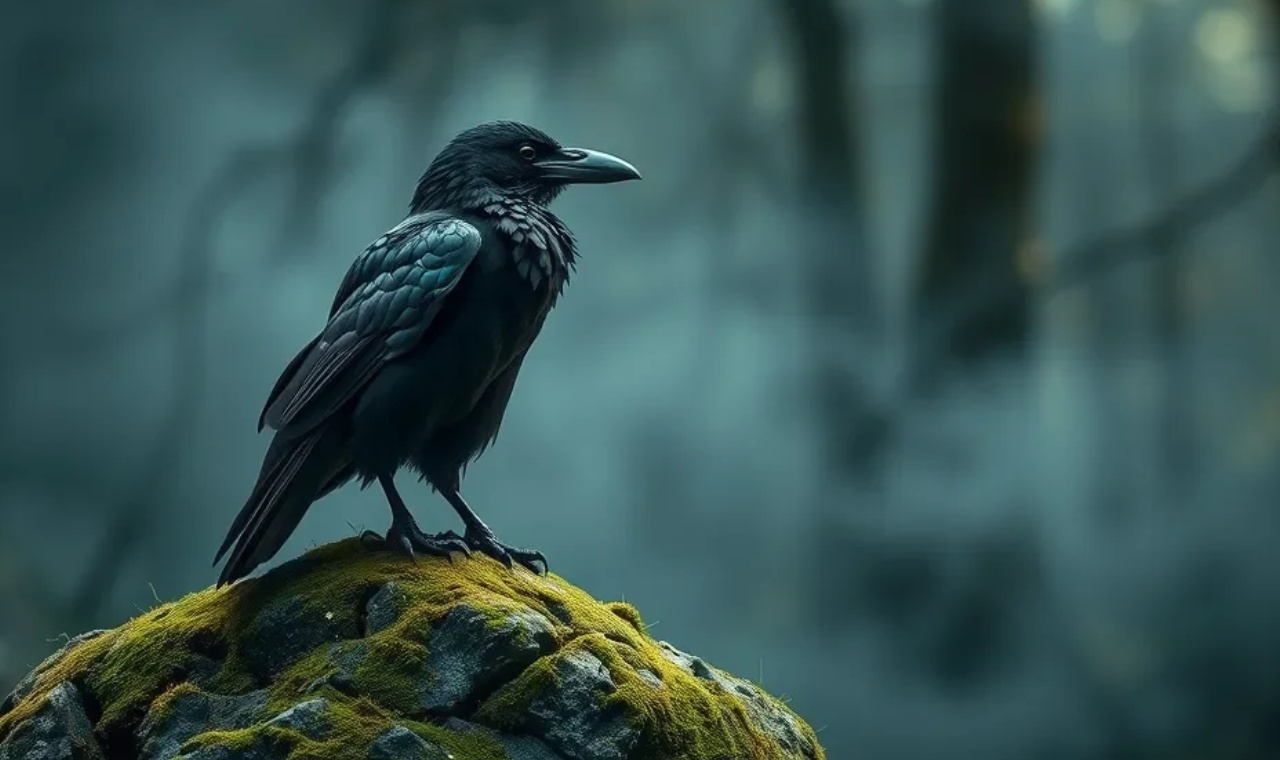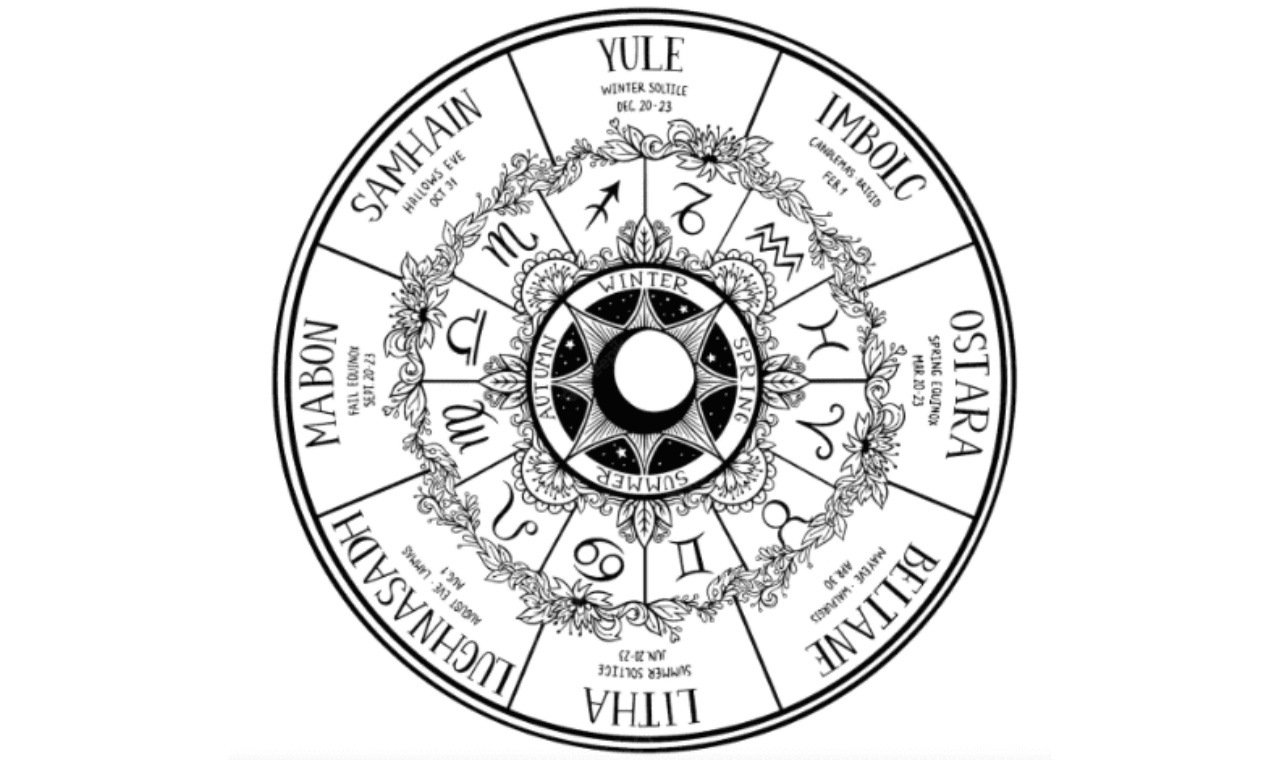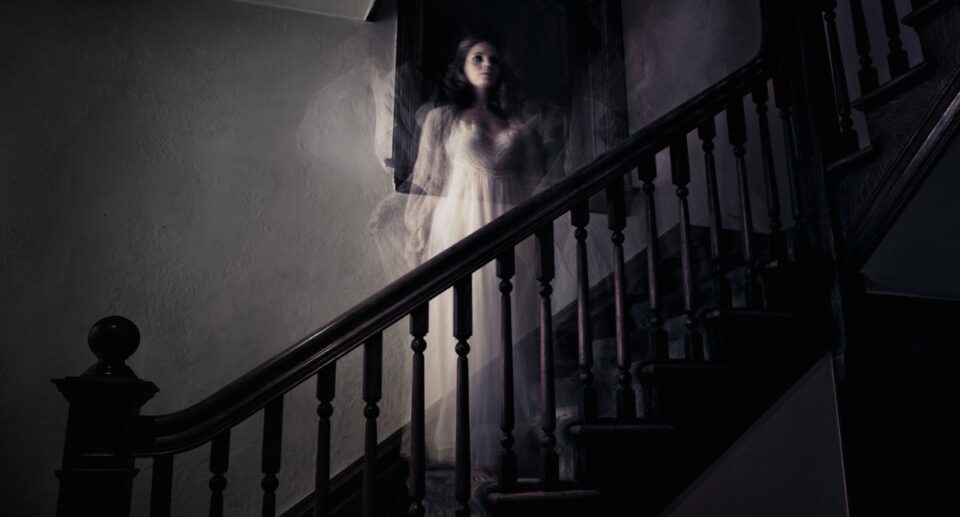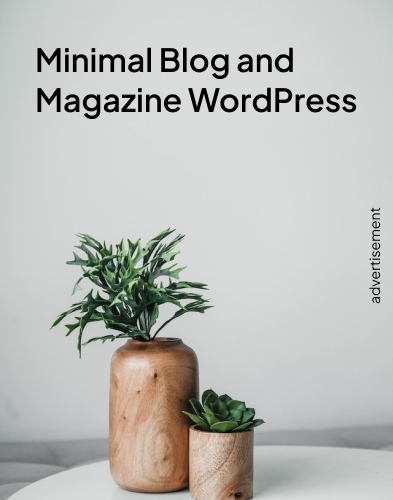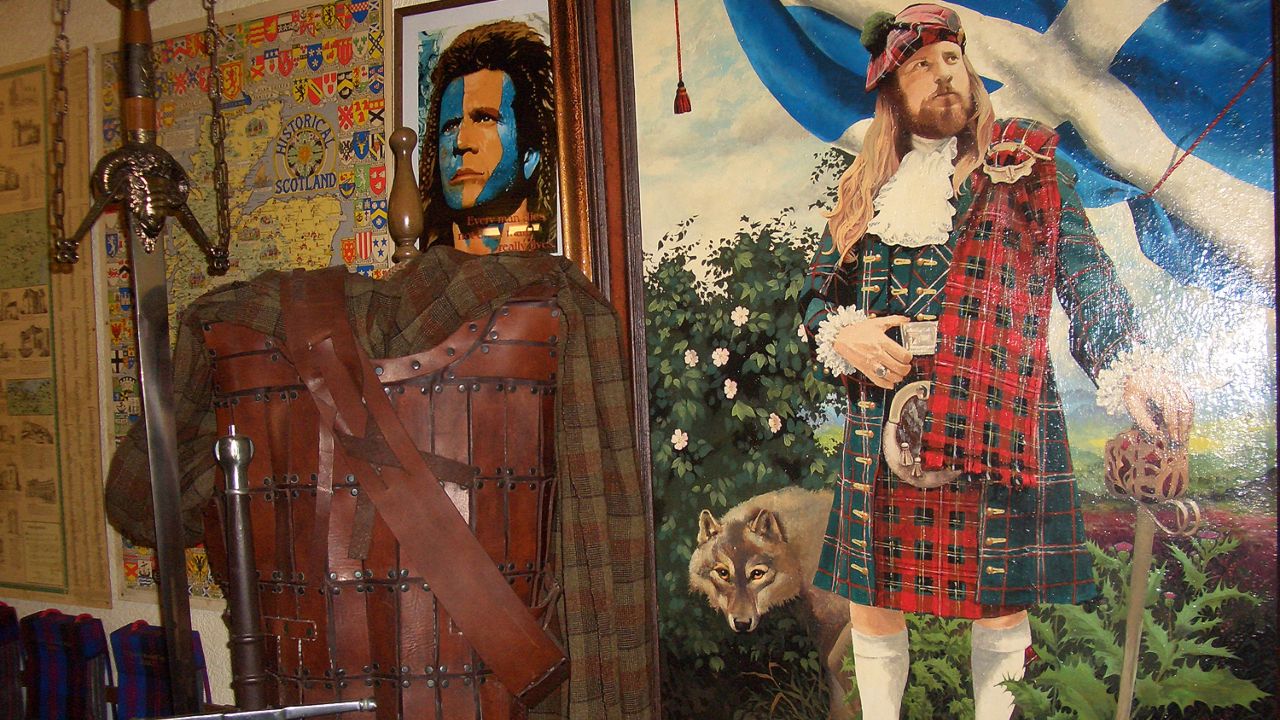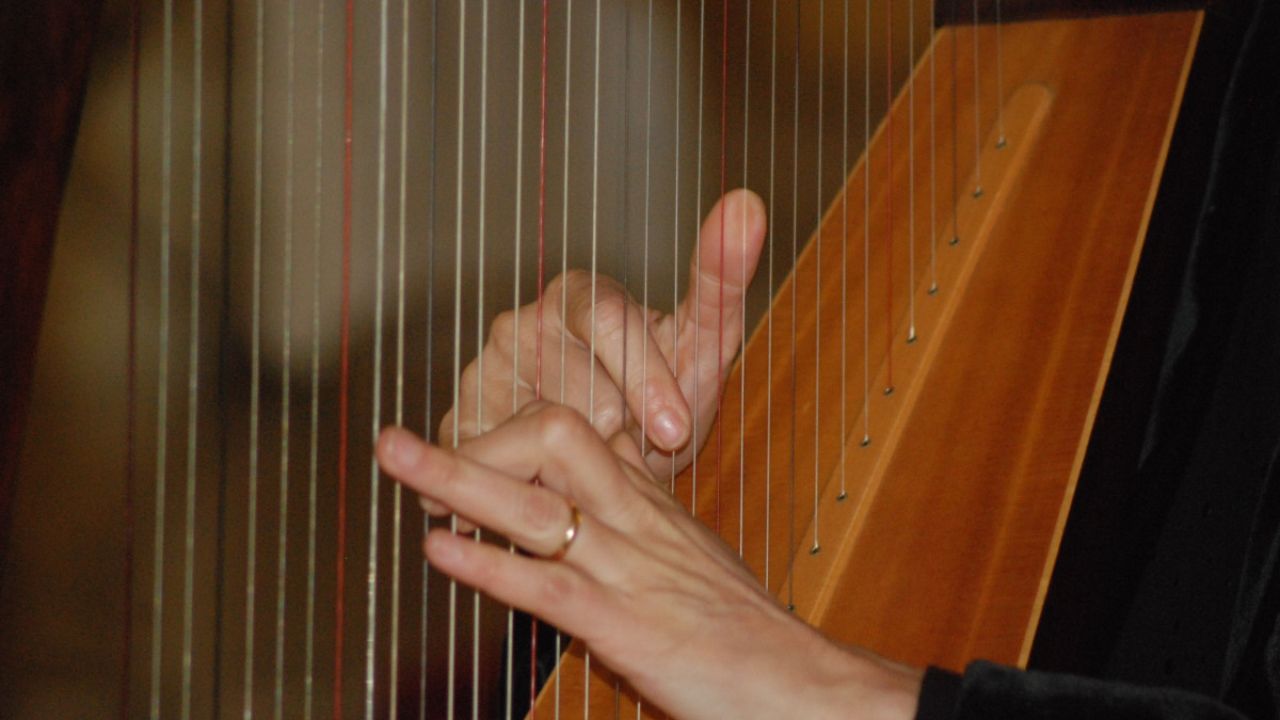The Blue Men of the Minch: Scotland’s Sea Spirits

If you ever ferry across the water between the Isle of Skye and the Outer Hebrides, you travel through the Minch. Most people keep their eyes on dolphins, seabirds, and the occasional whale. Ancient sailors watched for something else entirely. They feared the Blue Men of the Minch.
These sea creatures appear human yet unmistakably supernatural. Tall, muscular, and blue from head to toe, they move with the power of storm tides and speak Gaelic with chilling clarity. Some legends claim they control the weather. Others warn that they exist to drown ships and claim the lives of sailors.
Scotland never shies away from a grand story. Celtic communities treasure creative expression and oral tradition, which explains why myths like this remain unforgettable. That storytelling spirit continues to shape identity today, explored in detail here:
👉 https://celtguide.com/why-are-irish-people-natural-storytellers/
The Blue Men stand among the most compelling maritime myths in the Celtic world. They offer a thrilling doorway into how Scots understood the power of the sea.
Who Are the Blue Men of the Minch?
Legends describe them as a tribe that rides waves like horses. Their bodies shine with the deep color of ocean water. They wear seaweed and move as fast as racing current. Unlike many mythical beings who lurk in silence, they challenge sailors with riddles.
If the sailors fail to answer, the Blue Men summon a violent storm that sends the ship to the bottom of the sea.
Their leader, known in some tales as a sea-chief, calls out a rhyming challenge. His second-in-command follows with a verse. A captain who answers correctly earns calm seas. A wrong answer marks doom.
Such poetic tests connect strongly with Scotland’s love of language, song, and rhythm. Gaelic traditions still celebrate poetic performance and sacred text, including work like Gaelic Bible translations:
👉 https://celtguide.com/scottish-gaelic-bible-translations/
Narrative and identity remain linked, even in the darkest waters.
The Sound That Signals Disaster
Blue Men do not simply appear. Sailors first hear them.
They sing and shout above the roar of wind. Their voices sometimes resemble the chant of a war band. Other times, they mimic a keener’s mournful cry.
When Blue Men approach a ship, the captain must stay calm and clever. A single line of poetry might determine whether the crew survives the night.
The sea has always felt sacred in Celtic belief. For a deeper dive into supernatural Celtic realms, readers enjoy insights like those found in the mythology of Annwn:
👉 https://celtguide.com/what-is-annwn/
The Blue Men embody that thin line between myth, memory, and mortal danger.

Dark Prophecies and Shipwrecks
Before a major storm breaks, witnesses say Blue Men leap and twist among towering waves like living water. Their strength rises with the weather. They delight in chaos. When they pull a ship under, they drag sailors into a watery kingdom where endless conflict rages.
This violent nature mirrors other shapeshifters of Scottish folklore. Selkies, for instance, combine beauty and peril beneath the tide:
👉 https://celtguide.com/selkies-in-folklore/
The Blue Men take that sea mystery and inject it with sharpened dread.
They do not coax sailors with beauty. They challenge them with intellect. Their victories feed the ocean’s hunger.
Possible Origins of the Legend
Folklore researchers suggest that these creatures could link to:
• Norse myths carried by Viking sailors
• Tales of Moorish sea raiders, transformed through retelling
• Ancient Celtic belief in ocean spirits
• Misinterpretation of storms and marine animals in rough seas
Scotland’s coastline has welcomed and battled countless outsiders. The region’s cultural intersections shaped clan history, explored in pieces like this:
👉 https://celtguide.com/how-many-scottish-clans/
In a land that blends real history with storytelling instincts, sea dangers transform into mythical personalities.
Where Myth Meets Highland Landscape
The Minch itself invites legends. Its deep waters hide submarine trenches and powerful tides. Its storms arrive quickly. It’s silence spreads wide and eerie.
That wild beauty defines Scotland’s travel experience, reflected in landscape-focused guides such as this exploration of Loch Lomond’s geography:
👉 https://celtguide.com/is-loch-lomond-in-the-highlands/

When you stand on the Hebridean coast, you feel the myth before you hear it. The sea commands respect. Stories like the Blue Men preserve that respect through awe and warning.
Why These Sea Spirits Still Matter
The Blue Men of the Minch show us how deeply Celtic cultures rely on narrative to make sense of danger. Folklore protects knowledge. Stories warn and teach without lecturing.
Across Scotland and Ireland, that tradition remains vibrant. Historic events like the Irish Potato Famine show how storytelling preserves resilience:
👉 https://celtguide.com/the-influence-of-the-irish-potato-famine/
The same lands that gave rise to haunting ocean myths now inspire modern creativity. Musicians and dancers still perform rhythms rooted in ancient memory, including instruments like the bodhrán drum:
👉 https://celtguide.com/the-bodhran-drum/
No wonder sailors still glance into the Minch with quiet caution.
Final Thoughts: Myth That Still Makes Waves
The Blue Men of the Minch keep sailing through imagination. They represent the power of the sea, the thrill of the unknown, and the ingenuity required to survive it.
They challenge us to stay clever, stay brave, and never underestimate Scotland’s waters.
For more Celtic storytelling, folklore, and cultural history, explore the full collection:
👉 https://celtguide.com/blog/
The Minch holds legends as deep as the ocean floor. Next time you cross from the mainland to the islands, keep your eyes open. Something might be watching from the waves.



